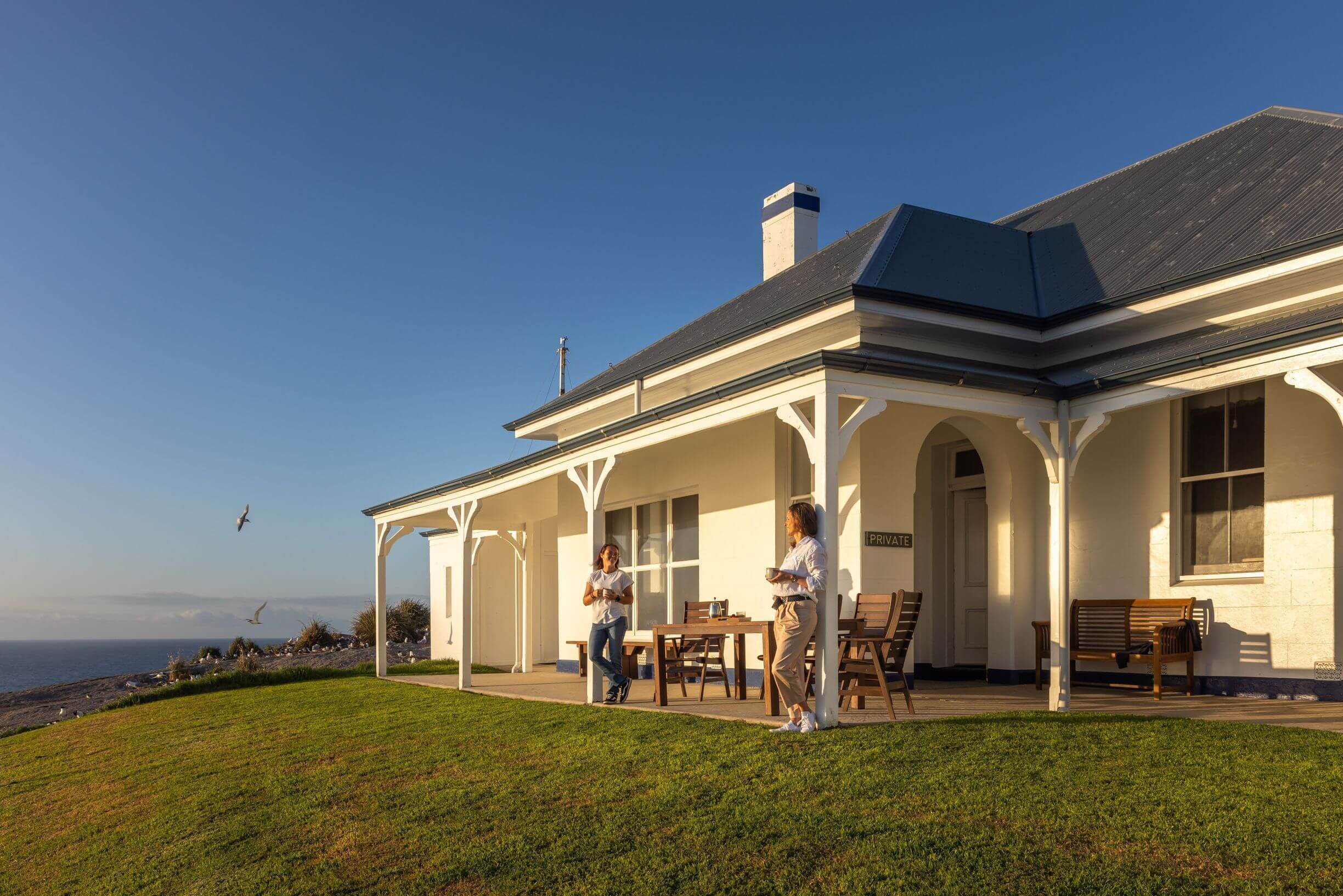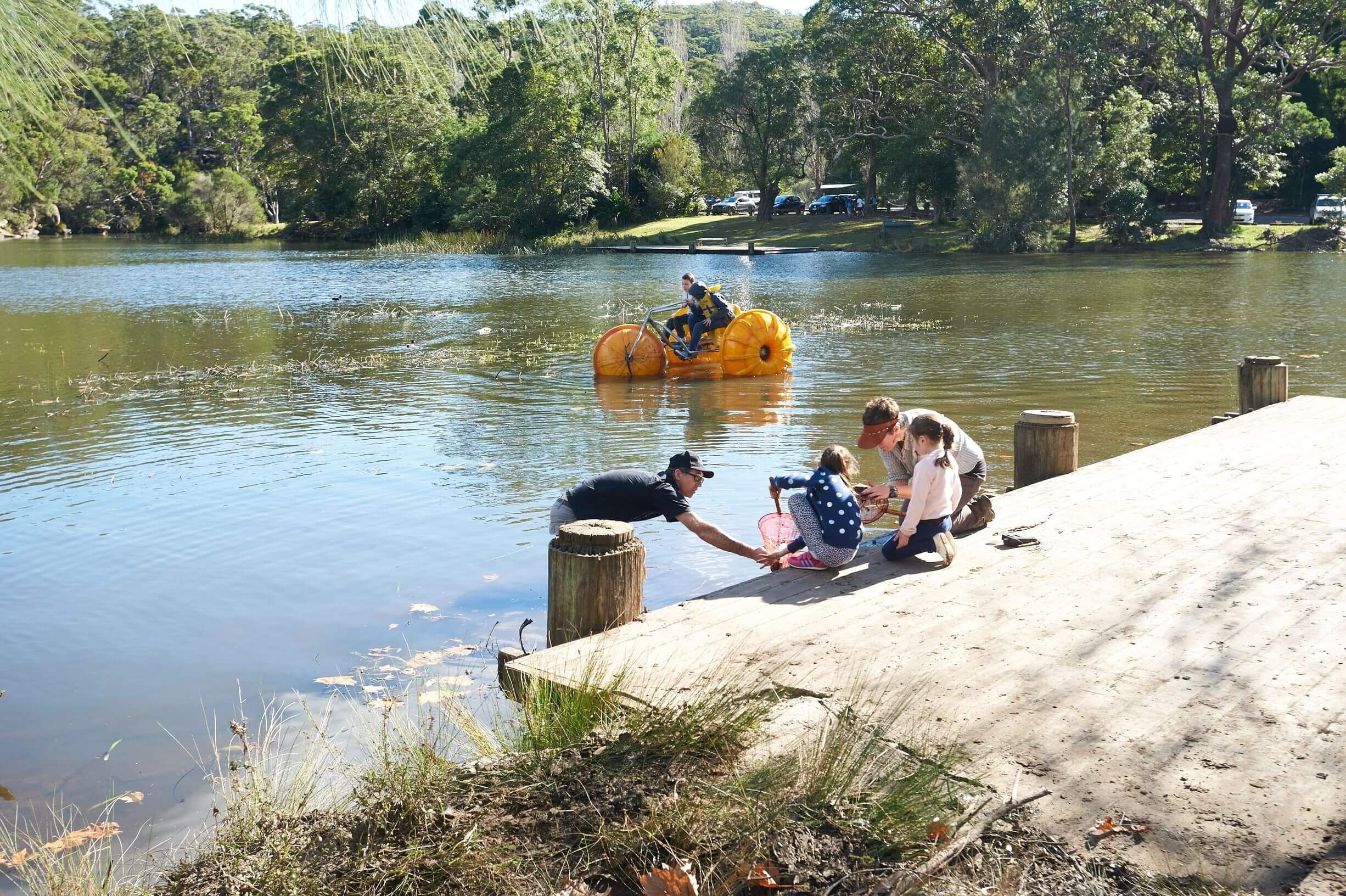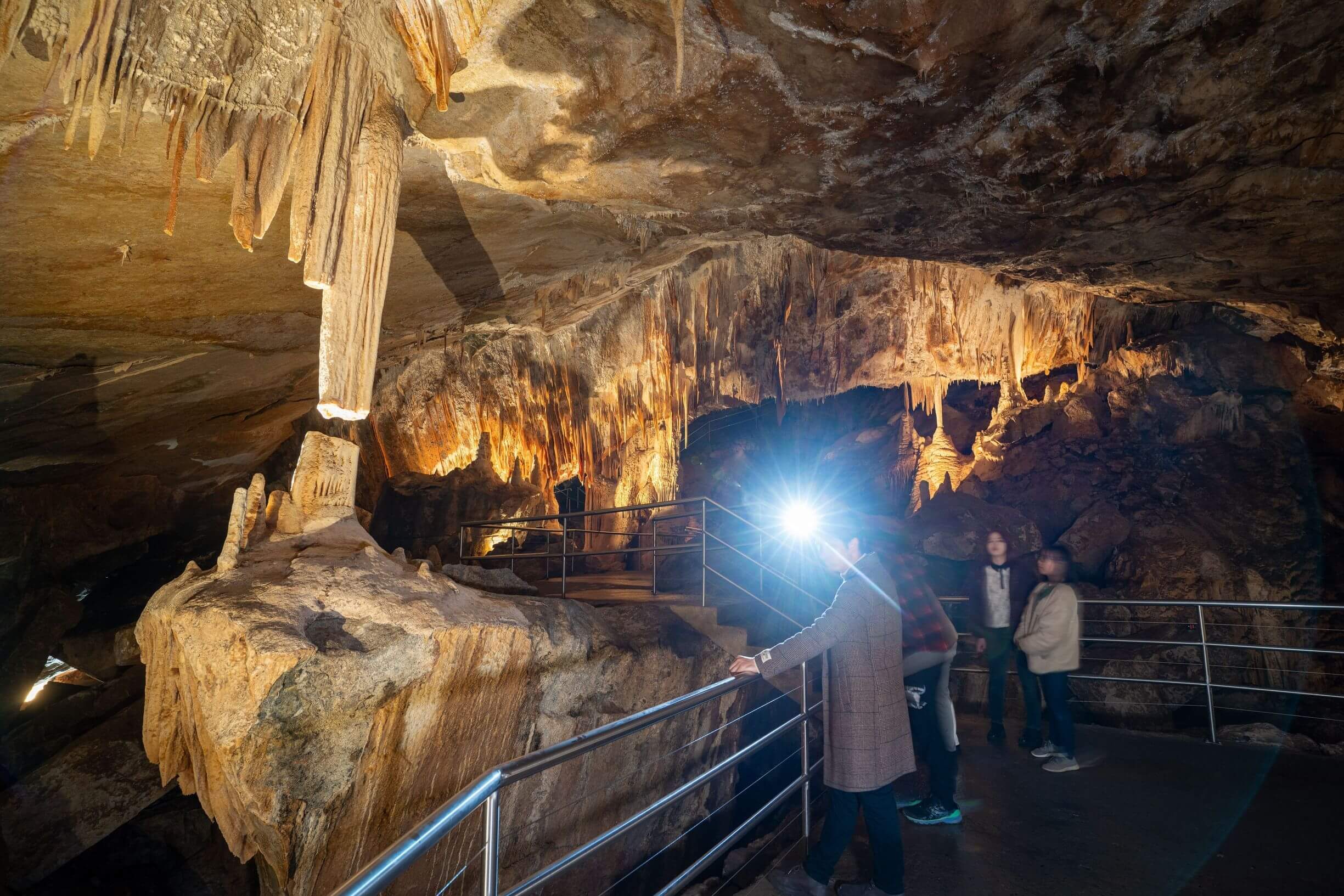Give your feedback, share ideas and get involved with projects currently open for public consultation.
Become a volunteer in one of our programs and help preserve the beautiful environment of New South Wales.
Volunteer as a citizen scientist to help us all learn more about our environment.
Find out about the huge variety of native plants and animals in Sydney, the benefits they provide and how you can support native plants and animals in your local area.
Discover tours, experiences and itineraries in national parks and other events and activities that will help you connect with the environment.




